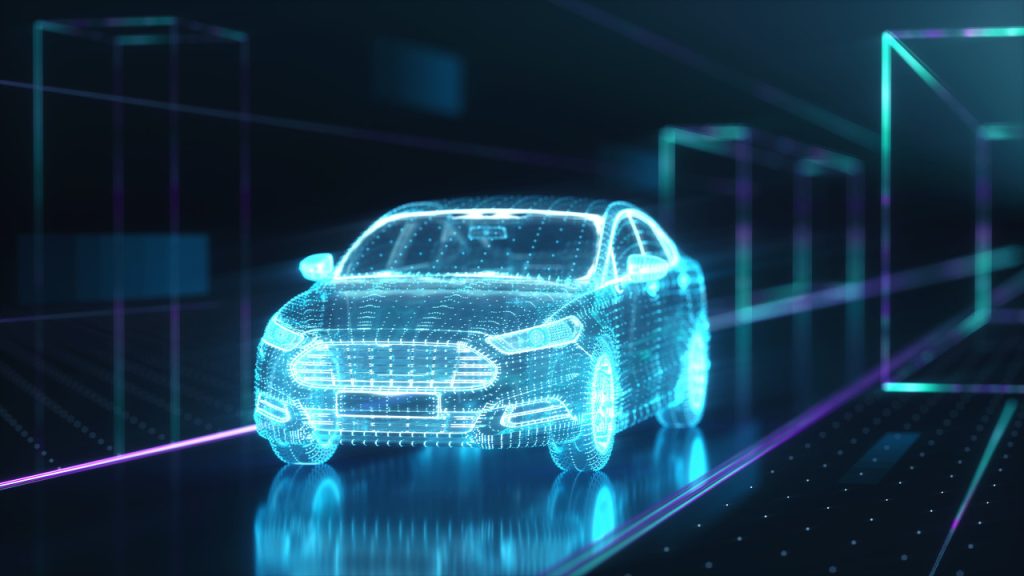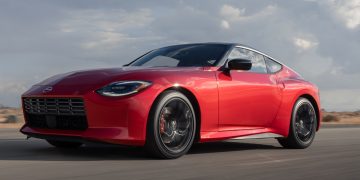When discussing car engines, “bore” and “stroke” are two fundamental terms that often come up. These two characteristics describe key physical aspects of an engine and significantly impact its performance, efficiency, and driving experience. Understanding the relationship between bore and stroke not only helps automotive enthusiasts grasp how engines work but also aids consumers in making more informed decisions when purchasing a vehicle.
This article will explain the difference between “bore” and “stroke,” and how they affect a car’s overall performance.
1. What is Engine Bore?
The “bore” refers to the diameter of each individual cylinder in the engine. In a typical internal combustion engine, a cylinder is where the fuel and air mixture is ignited, causing the combustion that drives the piston down. The bore is essentially the size of this cylinder’s opening.
- How is it measured? The bore is measured across the cylinder’s diameter, and it is typically expressed in millimeters or inches.
- What does it affect? The bore affects the engine’s ability to intake air and fuel. A larger bore allows for more fuel and air to be combusted, which can result in more power being generated from each combustion cycle.
In many modern performance engines, the bore is an essential factor in designing the engine’s overall displacement, which contributes to the power output of the vehicle.
2. What is Engine Stroke?
The “stroke” refers to the distance the piston travels within the cylinder from its top position (Top Dead Center, or TDC) to its bottom position (Bottom Dead Center, or BDC). In simpler terms, it is the length of the piston’s vertical movement inside the cylinder during each combustion cycle.
- How is it measured? Stroke is measured in millimeters or inches as well, and it determines how far the piston moves up and down within the cylinder.
- What does it affect? The stroke determines the engine’s total displacement along with the bore. A longer stroke means that the piston travels a greater distance, resulting in a larger combustion chamber, which can lead to more torque being produced at lower engine speeds. However, a longer stroke can limit the engine’s ability to rev higher, which may reduce the engine’s potential for producing peak horsepower.
3. The Relationship Between Bore and Stroke:
The bore and stroke, when combined, define the engine’s “stroke-bore ratio.” This ratio can significantly influence the engine’s characteristics and performance. If you alter one of these variables while keeping the other constant, it can change how the engine behaves.
- Bore-Stroke Ratio: A common rule of thumb is that a square engine has equal bore and stroke dimensions. If the bore is larger than the stroke, the engine is considered “oversquare,” and if the stroke is longer than the bore, it is “undersquare.”
- Oversquare Engine (larger bore, shorter stroke): Typically, these engines can rev higher and produce more horsepower at high RPMs because of the larger bore, which allows more air and fuel to be burned. However, they may produce less torque at lower RPMs.
- Undersquare Engine (smaller bore, longer stroke): These engines usually provide more torque at lower RPMs because the longer stroke creates a larger combustion chamber. However, they tend to have less high-end power and are often less capable of achieving very high RPMs.
4. How Bore and Stroke Affect Engine Performance:
a. Power Output
- Larger Bore: An engine with a larger bore allows for a greater volume of air and fuel to enter the cylinder. This can increase the engine’s power potential because more fuel and air lead to more combustion, and thus more energy. Therefore, an engine with a larger bore tends to produce higher horsepower at higher RPMs.
- Longer Stroke: A longer stroke increases the engine’s total displacement, which means it can generate more torque. Torque is the force that helps the car accelerate, particularly at lower speeds. Engines with a longer stroke tend to be better for applications requiring strong low-end torque, such as trucks or vehicles used for towing.
b. Engine Efficiency
- Oversquare Engines (Larger Bore, Shorter Stroke): These engines typically excel in high-revving performance, such as in sports cars or racing vehicles, where high RPMs are needed to achieve top performance. However, they can be less fuel-efficient at lower speeds or during everyday driving.
- Undersquare Engines (Shorter Bore, Longer Stroke): These engines usually provide a more balanced performance and better fuel efficiency at lower speeds. They are often found in vehicles like trucks and SUVs, where the focus is on torque for heavy lifting, towing, and off-road performance. They tend to be less inclined to reach higher RPMs, so they may not perform as well at very high speeds.
c. Emissions and Fuel Economy
Engines with a larger bore typically consume more fuel, especially when operating at higher RPMs, due to their increased air and fuel intake. While this can lead to higher power output, it may also result in higher fuel consumption and more emissions.
On the other hand, an engine with a longer stroke often leads to better fuel economy and lower emissions. Since these engines tend to operate more efficiently at lower RPMs, they can optimize fuel consumption and reduce the overall environmental impact of the vehicle.

5. Practical Examples:
- Sports Cars (Oversquare Engines): High-performance vehicles, such as the Ferrari 488 or the Porsche 911, often use oversquare engines because of their ability to rev higher, providing more horsepower for high-speed driving. These engines have a larger bore relative to the stroke and are designed for quick acceleration at high RPMs.
- Trucks and SUVs (Undersquare Engines): Many trucks and SUVs, like the Ford F-150 or the Ram 1500, use undersquare engines with a longer stroke. These vehicles are more focused on producing torque at lower RPMs for towing and hauling heavy loads. These engines provide the necessary low-end power for practical tasks while maintaining fuel efficiency.
6. Conclusion:
In summary, the “bore” and “stroke” of an engine are key factors that define its performance characteristics. The bore determines the size of the combustion chamber, influencing the engine’s power output, while the stroke affects the torque and the engine’s ability to perform at different RPM ranges.
- Larger bore engines tend to produce more horsepower and are more suitable for high-performance applications, as they can rev higher and generate more power at elevated RPMs.
- Longer stroke engines excel in producing torque, especially at lower RPMs, making them ideal for trucks, SUVs, and vehicles that need strong acceleration and towing capabilities.
Understanding the interplay between bore and stroke helps engineers design engines suited to specific vehicle needs, whether it’s for high-performance sports cars, practical everyday vehicles, or heavy-duty workhorses. Ultimately, the right balance between these two parameters can significantly enhance the overall driving experience.


































Discussion about this post